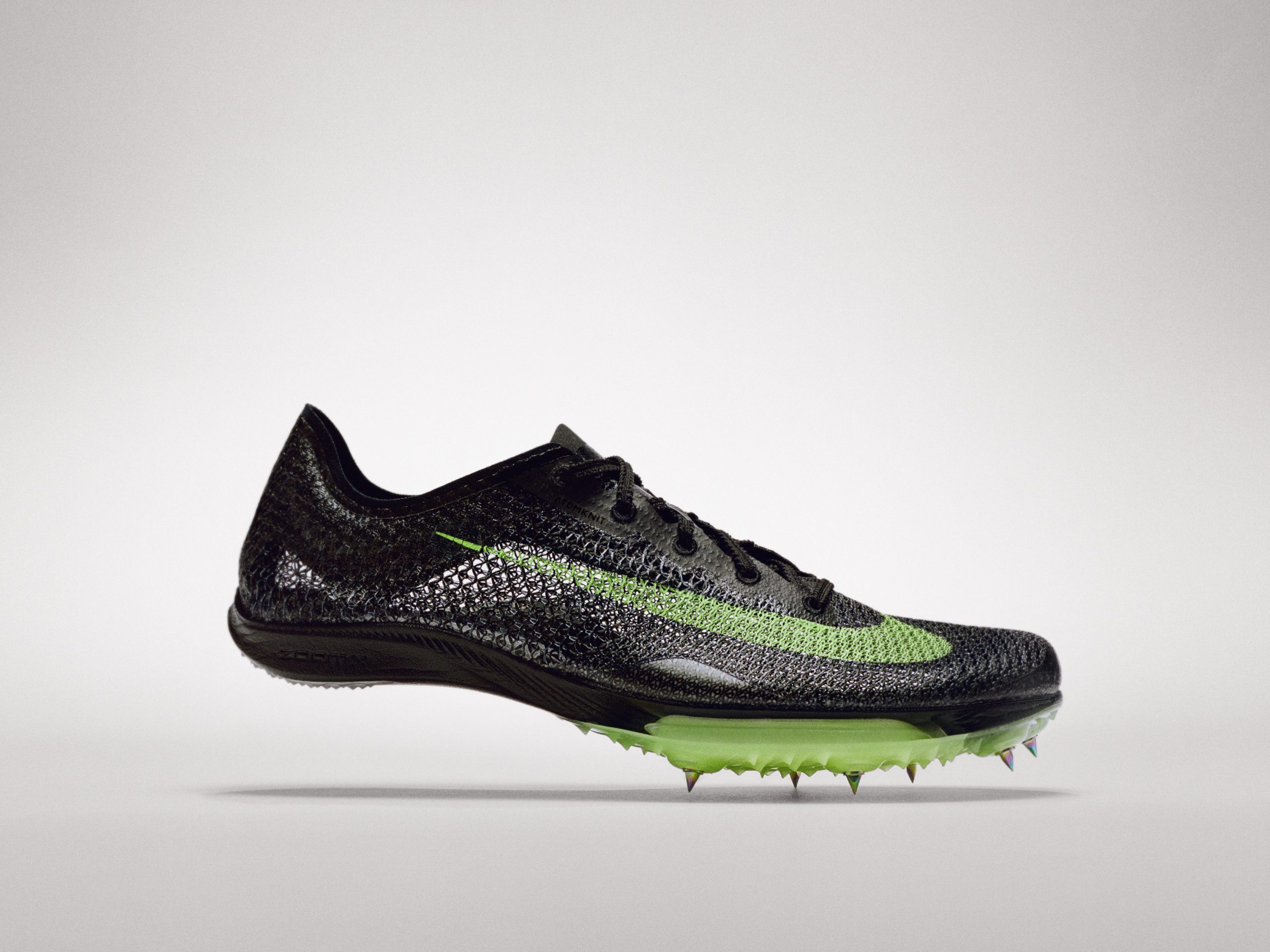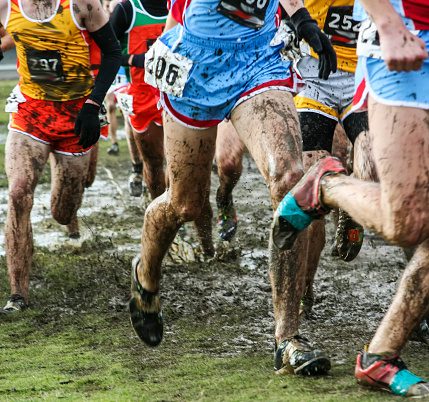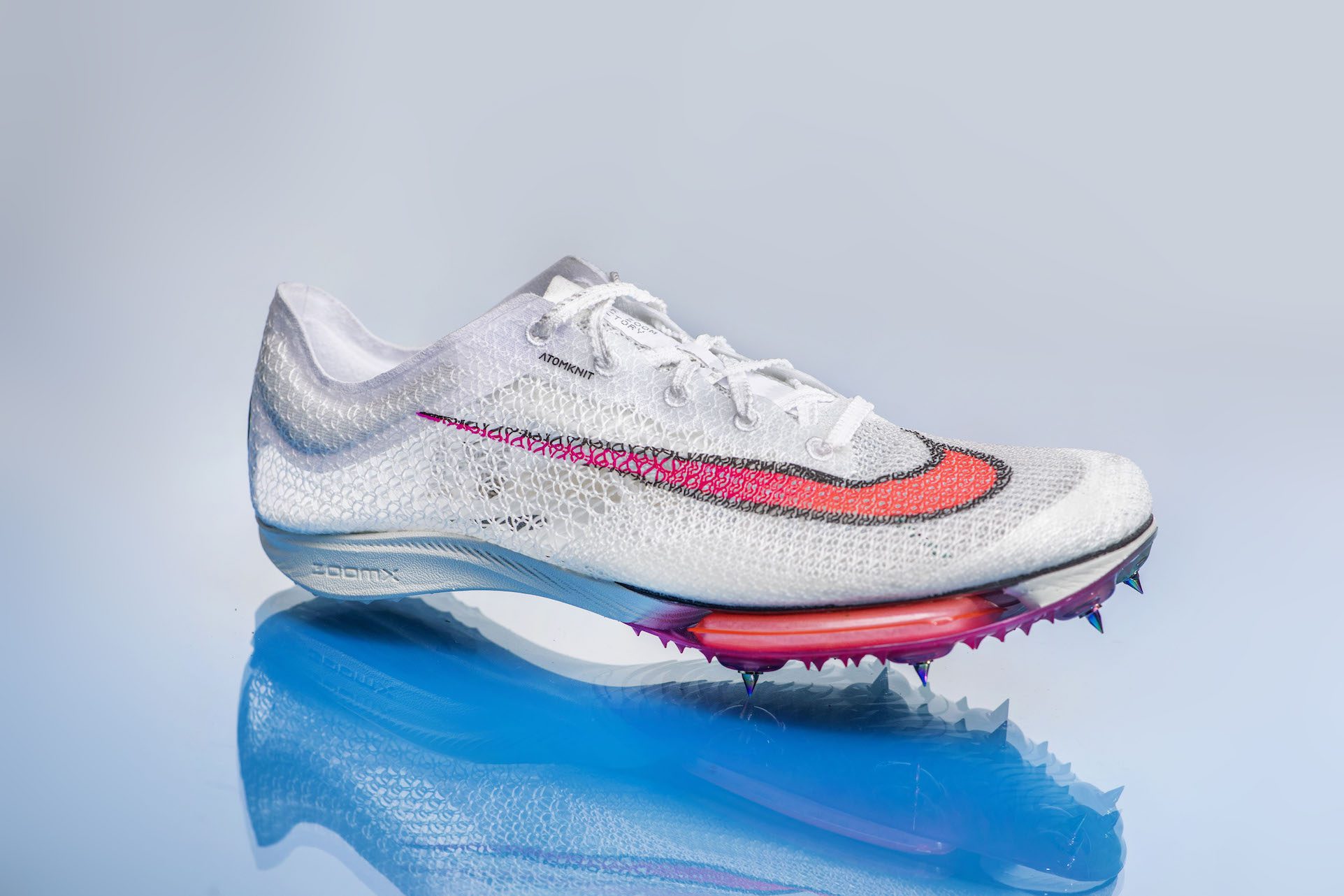Do the new super spikes increase your risk of injury?
Running coach, biomechanist and shoe designer Peter Thompson explains how these new shoes affect athletes' bodies

Like many elite athletes, Canadian national 800m champion Maddy Kelly began wearing the new carbon-plated super spikes this track season. After a few weeks of training in the shoes, however, she began to experience Achilles pain. After talking with other athletes, she found that a number of them were having the same problem. Is this just an odd coincidence, or are the new shoes that are helping athletes perform better also putting them at risk for injuries?

RELATED: The Rundown: Alex Hutchinson helps us navigate the “super shoes” debate
“I’ve been wearing spikes on different track surfaces consistently for six months now,” says Kelly, “but the difference with these shoes is that when you’re at rest or walking around, your toes are dorsiflexed way more aggressively than they are in more traditional spikes.”
Kelly didn’t notice that this difference was affecting her until she had worn them a few times. It was after about three weeks that her Achilles began to flare up, which is not an issue she’d ever had in the past. Thompson is not surprised to hear that athletes are experiencing injuries related to the shoes, because most people’s tissues aren’t conditioned well enough to tolerate a kinetic element put under their foot.
Biokinetics and super spikes
We spoke with Oregon-based running coach, biomechanist and former shoe designer for Nike, Reebok and Hoka Peter Thompson to understand how these shoes impact performance, and the risks associated with wearing them. Thompson explains that to understand how the new carbon-plated shoes affect athletes’ bodies, we first must understand the concept of the biokinetic chain, which runs from the top of your head to the end of your toe. Middle and long-distance runners derive their energy from metabolic systems (generating ATP, etc.), but also from the elastic energy of some of the tissues in the body that are a part of this biokinetic chain. The shoes, he explains, are a kinetic element that athletes are adding on to the kinetic chain of their bodies. When Nike first came out with their carbon-plated shoes (the Vaporfly), they claimed the shoes followed the first law of thermodynamics (that energy cannot be created or destroyed, only altered) because they didn’t create energy, they simply returned it.
“That’s so naive,” says Thompson. “We’re not born with shoes on… the law of thermodynamics talks about a closed system, and what you’re doing is adding something artificial to the closed system.”
He explains that running is based on propelling the body forward while keeping its centre of mass relatively level during the running cycle, and the body needs to be able to adapt and adjust through the chain to maintain this stiffness when running on different surfaces (as an example, think about the way your posture and stride change when you switch from running on a hard surface like pavement to running on sand). Stiffness, he says, is a skill that can be learned by running on a variety of terrain, which teaches your body to adapt to what’s under its feet. With that in mind, Thompson says there are three consequences to wearing carbon-plated shoes during training:
- Your body won’t develop its own biokinetic energy abilities (it interferes with your body’s ability to develop its own stiffness).
- You’re more likely to get injured, because your tissues are being stressed.
- You’ll see less return in competition if you’re training in them all the time.
“Specifically for runners, I recommend training in traditional footwear and wearing the carbon-plated shoes just for competition or the occasional time trial,” he suggests.

Thompson says most athletes are not spending enough time developing their biokinetic energy chain, and the shoes give athletes who are unable to maintain optimal stiffness more energy return at the end of the race. Still, he thinks that athletes who have better control over their biokinetic chain (and therefore can maintain optimal stiffness throughout the race) will benefit even more from the shoe, but more research needs to be done to understand this. There also has been no research at this point to definitively say the shoes increase an athlete’s risk for injuries, but to stay on the safe side, runners should stick to regular footwear most of the time and save their carbon-plated shoes for race day.


